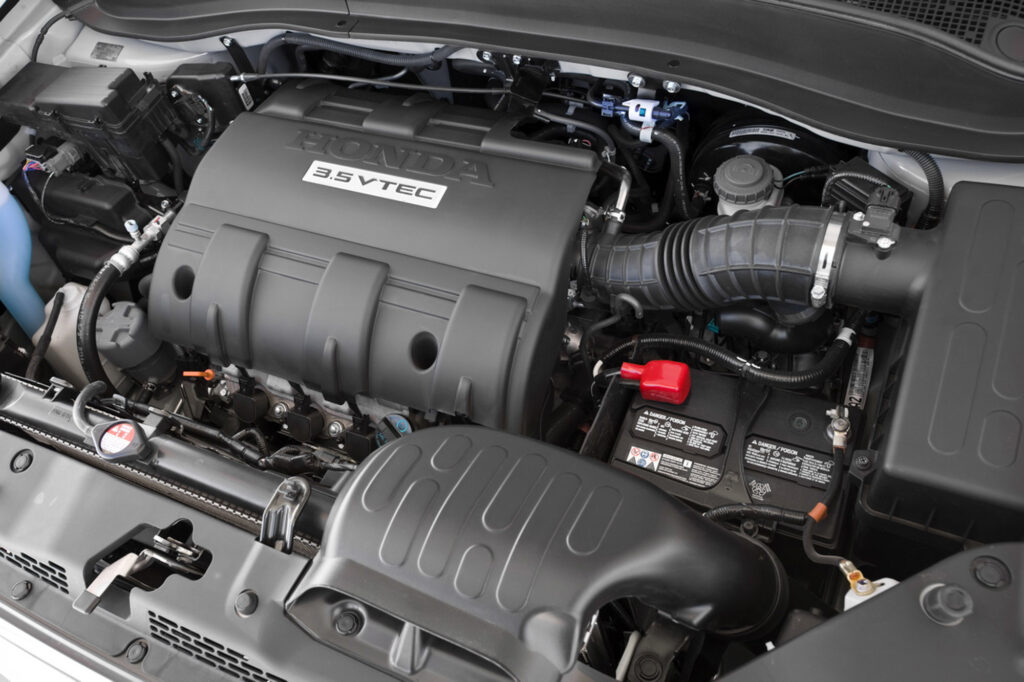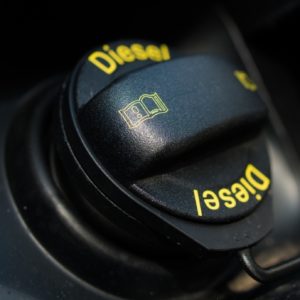The Honda Variable Valve Timing and Lift Electronic Control (VTEC) engine is popular for a reason, rocking technology designed to make vehicles faster, stronger, and far more fuel-efficient. If you want to learn more about VTEC engines, how they work, and their pros and cons, read on.
What Is a Honda VTEC Engine?
The Honda VTEC is an engine system designed to give drivers a customizable driving experience. Vehicles with Honda VTEC engines are generally pleasant to drive because of their efficiency and speed.

The VTEC is unique in how it gives drivers access to two different cam profiles.
The first profile is optimized for low-RPM stability and fuel efficiency, while the second profile overclocks the vehicle to maximize power, speed, and RPM.
In addition, VTEC engines differ from regular engines in that they have not one but two lobe sizes: two standard lobes and a large center lobe.
When driving with the first cam profile, the vehicle only uses the two standard lobes. Drivers who want their engines to go faster can use the center lobe to generate tremendous speed and power.
Because of this, these vehicles are generally more enjoyable and satisfying to drive — all while delivering top-notch performance.
VTEC Engines: Pros and Cons
Though Honda VTEC engines are among some of the most advanced automotive technology in the industry, they aren’t devoid of flaws. Though these specially made engines offer a lot of benefits, they also come with some drawbacks. Let’s explore their pros and cons.
VTEC Pros
Better for the Environment
One edge VTEC has over other engine systems is its low emissions, as it maximizes power output relative to how much fuel is burned up. This ensures efficient and effective fuel use.
This efficiency is largely due to the direct fuel injection technology VTEC engines use. It sprays the fuel directly from the tank into the combustion chamber to ensure not a single drop is wasted. It also gives way to easier combustion.
Longevity and Durability
VTEC engines are built to last, meaning you won’t have to worry about replacing them any time soon.
Because they’re so durable, this also means you don’t need to spend on premium oils and high-quality filters for next-level performance, though these certainly improve their longevity.
While VTEC engines are durable and last a long time, they’re not indestructible. You still need to get your vehicle serviced regularly and replace any damaged parts, as well as change the oil when necessary.
Powerful Performance
One of the biggest benefits of using a VTEC engine is that drivers can enjoy vehicles that are not only faster than the average car but also more fuel-efficient.
It’s also important to mention that VTEC engines come in two cam profiles, one designed for stability and the other for speed.
The best part? The two profiles transition to one another seamlessly, making for smooth and satisfying drives. A special computer controls the switching.

VTEC Cons
Excessive Engine Vibrations
One of the most common problems of Honda VTEC engines is excessive engine vibrations, which causes the rest of the vehicle to shake and rattle. This is typically brought about by misfiring or damaged timing belts.
When spark plugs are broken or loose, your engine will have difficulty firing up, causing the vehicle to vibrate. Similarly, faulty timing belts lead to irregular rotations, and if the rotations per minute of the engine get too high, your engine might overwork itself.
A vibrating engine is a cause for concern because if it’s left unaddressed, the vibrations could cause serious and irreparable damage to the engine. In short, you might have to spend a lot of money on engine repairs and part replacements.
Faulty timing belts lead to irregular rotations, and if the rotations per minute of the engine get too high, your engine might overwork itself.
–Anthony Harlin, ASE Certified Master Automobile Technician
Oil Needs To Be Changed More Frequently
Another problem VTEC engines commonly have is how they require frequent oil changes. Oil in the engine lubricates it and keeps different parts frictionless. Without oil, your engine will be more prone to overheating and damaging itself.
Because of this, it’s a good practice to change your vehicle’s oil frequently to ensure there’s no friction between all the moving parts inside the engine.
VTEC engines require more frequent oil changes than the average engine, meaning drivers will need to be more attentive to the oil levels inside the engine.
Drive Belt Wears Out Easily
Last but not least, VTEC engines tend to wear out their drive belts. Though all engines wear out their drive belts eventually, this is still a recurring problem that all drivers must face. Drive belts are essential engine parts that help provide power to various components, such as the alternator and the power steering pump.
It becomes a problem when the drive belts of vehicles with VTEC engines break down quickly, as you’ll need to get them replaced a lot more frequently. The longevity and durability of a drive belt depend on the manufacturer, but VTEC engines will wear them out faster than the average engine.
One way to tell when the drive belt’s worn down is if you can hear a loud knocking sound coming from within the engine. If you hear this, it’s a sign you need to replace the drive belt as soon as possible.
What Is i-VTEC?
The i-VTEC, which stands for “Intelligent Variable Timing Electronically Controlled,” is unique in how it combines VTEC and Variable Timing Control (VTC) to create an adaptable system capable of adjusting itself. Like the VTEC system, the i-VTEC is exclusive to Honda vehicles.
i-VTEC optimizes the engine for maximum power and fuel efficiency by controlling valve timing and camshaft lobes. Being able to adjust the timing is essential since different RPM ranges require different timing, and an engine that can do that on its own means your vehicle will always be working at peak performance.
Any information provided on this Website is for informational purposes only and is not intended to replace consultation with a professional mechanic. The accuracy and timeliness of the information may change from the time of publication.
































